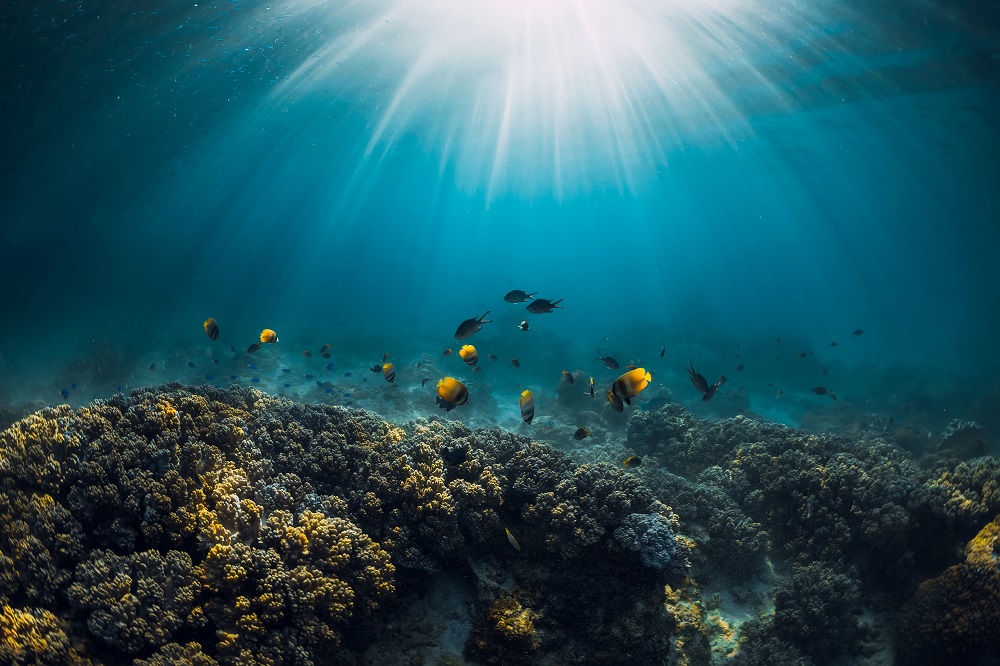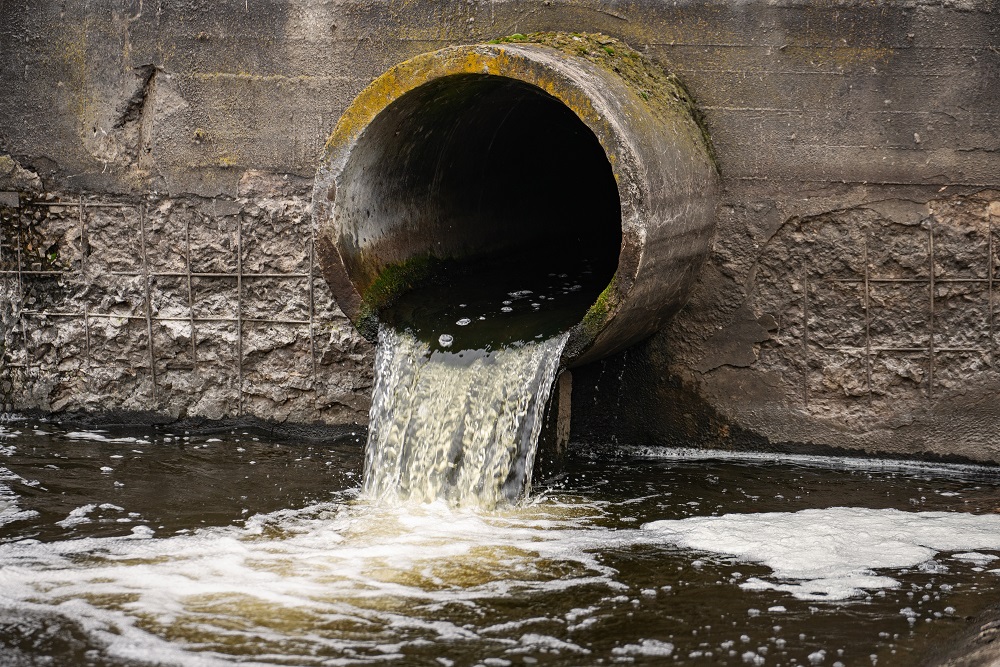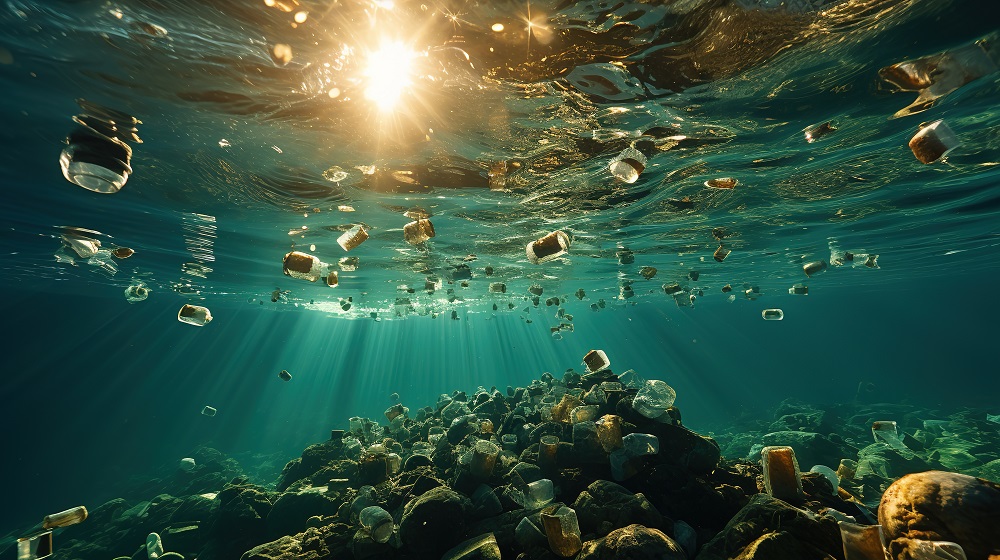

Back to Blue events
Other Ocean Events
Back to Blue will be participating in
the
following events:

Sarah Doll from Safer States, on the role of government in tackling forever chemicals in drinking water
May 2023 | Listening Time: 16mins
On March 14th 2023 the US Environmental Protection Agency (EPA) announced a proposal to establish legally enforceable levels for six types of ‘forever chemicals’ known as per- and polyfluoroalkyl substances (PFAS). It is expected to prevent thousands of deaths and reduce tens of thousands of serious illnesses attributable to PFAS.
The rule would require public water systems to monitor PFAS levels, notify the public of these and reduce them if exceeding the proposed standards. Developed over several years and grounded in the authority that the EPA has from US Congress, through the Safe Drinking Water Act, the goal is to issue a final PFAS drinking water standard by the end of 2023 or early 2024. This will result in a standard to which all water systems in the US must adhere.
“This problem is so widespread, as many as 94 million people in the US have drinking water with those six PFAS at levels exceeding EPA’s proposed standards. These chemicals are everywhere and unfortunately more and more PFAS are showing up in more places across the entire country,” says Erik Olson, former EPA lawyer and senior strategic director for the Health and Food, People and Communities Program at the National Resources Defense Council.
Sarah Doll, national director for Safer States, an NGO fighting pollution, speaks to Naka Kondo, the lead editor of Back to Blue about the significance of the EPA proposal to limit PFAS in US drinking water – and what needs to happen next.
Marine Chemical Pollution

Climate efforts threatened by developments at sea
Reading time: 4mins

Q&A with Professor Steve Widdicombe, director of science and deputy chief executive at Plymouth Marine Laboratory
Reading time: 8mins

Charting the interplay of ocean warming and the Earth’s energy imbalance
Reading time: 6.5mins

Glaciers and fjords: new research
Reading time: 10mins

Towards a pollution free ocean
Reading time: 10mins

Investing in a Pollution Free Ocean
Reading time: 4mins

Q&A: Professor Alex Rogers, National Oceanography Centre
Reading time: 5.5mins

Q&A with Professor Mitsutaku Makino, from the Atmosphere and Ocean Research Institute at the University of Tokyo
Reading time: 3.5mins
videos
Back to Blue is an initiative of Economist Impact and The Nippon Foundation
Back to Blue explores evidence-based approaches and solutions to the pressing issues faced by the ocean, to restoring ocean health and promoting sustainability. Sign up to our monthly Back to Blue newsletter to keep updated with the latest news, research and events from Back to Blue and Economist Impact.
The Economist Group is a global organisation and operates a strict privacy policy around the world.
Please see our privacy policy here.
THANK YOU
Thank you for your interest in Back to Blue, please feel free to explore our content.
CONTACT THE BACK TO BLUE TEAM
If you would like to co-design the Back to Blue roadmap or have feedback on content, events, editorial or media-related feedback, please fill out the form below. Thank you.
The Economist Group is a global organisation and operates a strict privacy policy around the world.
Please see our privacy policy here.
Back to Blue is an initiative of Economist Impact and The Nippon Foundation, two organisations that share a common understanding of the need to improve evidence-based approaches and solutions to the pressing issues faced by the ocean, and to restoring ocean health and promoting sustainability


 World Ocean Summit & Expo
2025
World Ocean Summit & Expo
2025 Sewage and wastewater pollution 101
Sewage and wastewater pollution 101 Slowing
the chemical tide: safeguarding human and ocean health amid
chemical pollution
Slowing
the chemical tide: safeguarding human and ocean health amid
chemical pollution Hazardous chemicals in plastics - the discussions at INC
Hazardous chemicals in plastics - the discussions at INC








